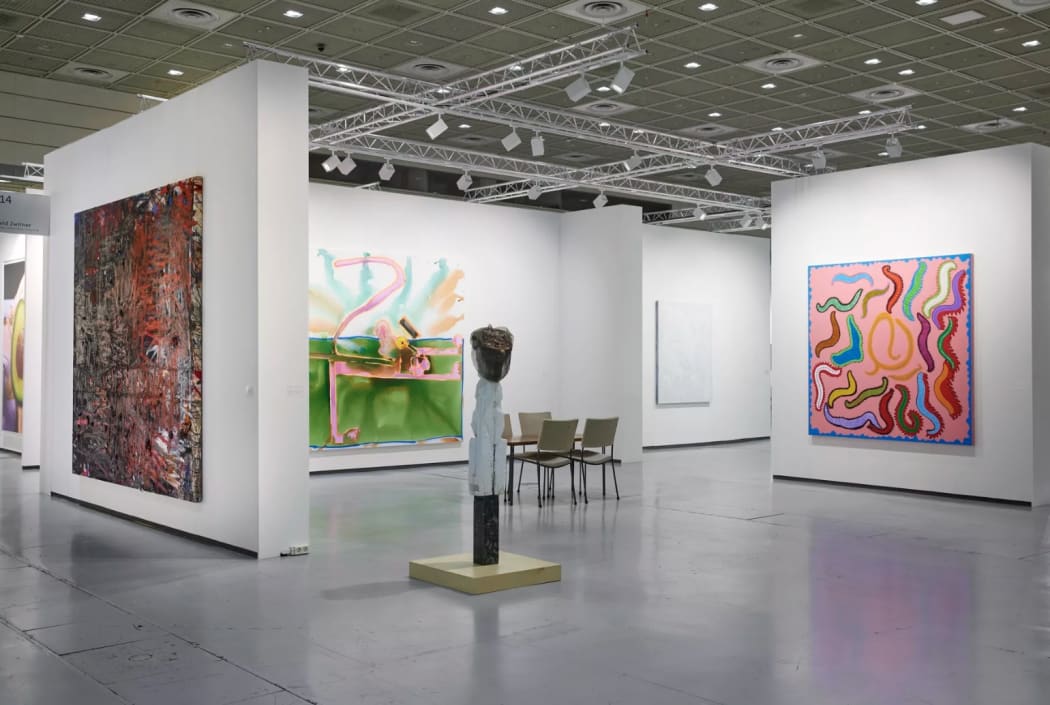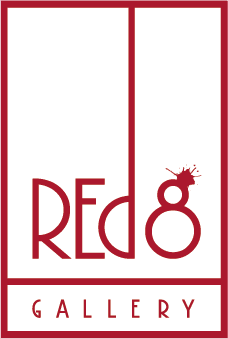
In 2022, South Korea's art market experienced record-breaking growth, propelled by the launch of Frieze Seoul and the country's early easing of Covid travel restrictions. However, 2023 has witnessed a readjustment, with the market dropping to 2019 levels amid global economic challenges. Meanwhile, other Asian art centres, notably Hong Kong, are striving to regain their former positions. The September art week, featuring Frieze Seoul and Korea International Art Fair Seoul (Kiaf), is anticipated to provide a much-needed boost.
Jane Yoon, Managing Director, South Korea at Sotheby's, notes that the art market has stabilised after the Covid-era: "Customers are more cautious than they have been in the past two years, but it is clear that the number of buyers in the Korean market is larger than before. The art market is popularising."
The Korea Arts Management Service (Kams) reported a total art market volume of 1 trillion won ($782 million) in 2022, up by 32.2% from the previous year. However, the auction market in the first half of 2023 experienced a decline, primarily affecting sales of high-end works, potentially due to increased interest rates.
Hyunsoon Do, CEO of K Auction, says, "While the global art market continues to decline, Korea is believed to have stopped declining and reached its bottom." Do expects asset prices to rise in the second half of the year, positively impacting the art market.
Art as an investment vehicle remains popular in Korea, with fractional art investment gaining traction. Young collectors are conscious of both aesthetics and investment potential. Taehee Joung, a fine art specialist at Seoul Auction, notes that the market for young artists has been hit the hardest, while the blue-chip market serves as the baseline for the current market.
Frieze Seoul is expected to maintain its vibrancy, with international exhibitors and collectors returning due to eased travel restrictions. Around 40% of Frieze Seoul's participating galleries are from Asia, reflecting the region's renewed interest.
The collector base in Korea, along with favourable operational conditions, has led several international blue-chip galleries to establish permanent venues in Seoul. Interest remains high among overseas galleries seeking representation in Korea.
Emma Son, Senior Director of Lehmann Maupin Seoul, anticipates an energetic atmosphere at Frieze Seoul and an influx of major collectors from Asia. However, the impact on sales remains to be seen.
Sotheby's Yoon emphasises that Frieze is building Korea into an international art platform, with Korean collectors being considered among the most sophisticated in the contemporary art market in Asia.
Collectors under the age of 50 account for a significant portion of sales, suggesting that increasing accessibility to the Korean art market through events like Frieze Seoul will lead to improvements in the coming years.
The upcoming Frieze Seoul and Kiaf events are expected to inject fresh energy into the market, and South Korea remains a prominent player in the Asian art scene, with strong potential for future growth.
Main Image: Installation view of David Zwirner’s booth at Frieze Seoul, 2022. Courtesy of David Zwirner.
